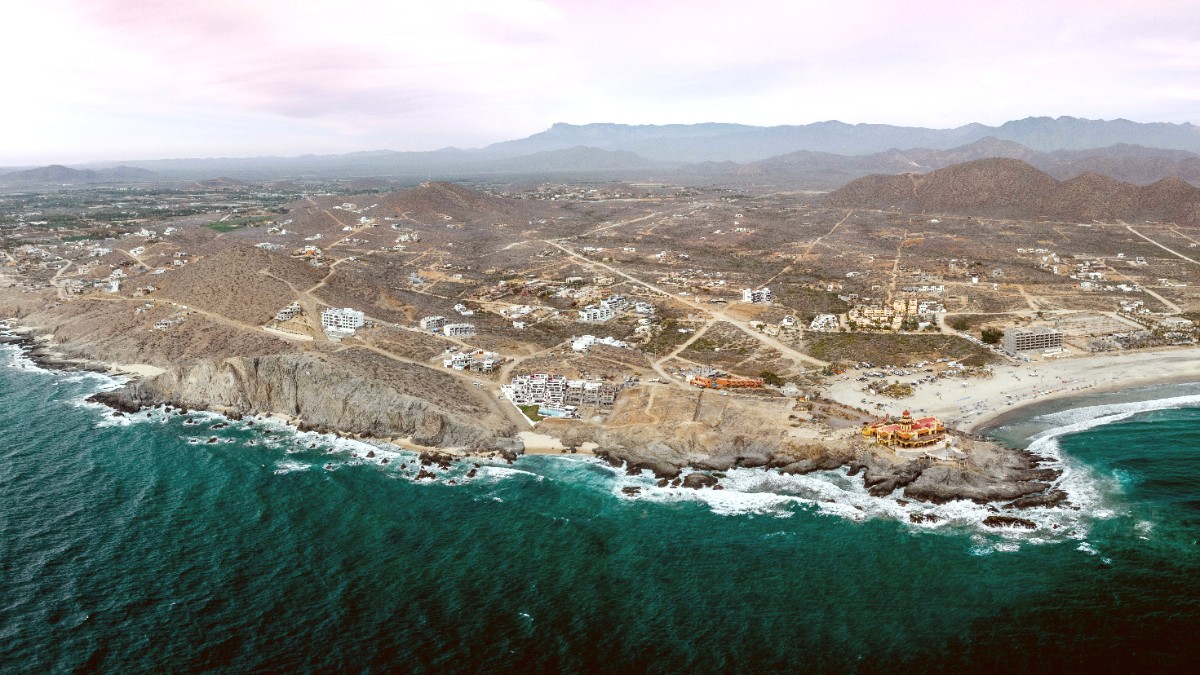
North Coast, Peru
Trujillo's public transportation system offers an inexpensive and authentic way to get around. It relies mainly on two vehicle types: Combis (shared minivans) and Micros (small buses). Both run on fixed routes and are privately owned, creating a chaotic but efficient system. They often have a fare collector (cobrador) who calls out destinations and collects fares.
Official route maps are not widely available. The system relies on drivers and cobradores knowing their specific routes and shouting destinations. The historic city center, especially around the Plaza de Armas and major avenues like Avenida España, acts as a central hub for many routes. Flag down a vehicle displaying your general destination. Fares are paid in cash directly to the driver or collector. Fares are very low, typically S/. 1.00 to S/. 2.00 for a ride within the city or to nearby Huanchaco. No multi-day passes or electronic card systems. Have small bills and coins ready.
Combis and micros run frequently from 5:30 AM until usually 9:00 PM or 10:00 PM. Frequency decreases significantly late at night.
Fares typically range from S/. 1.00 to S/. 2.00 for travel within the city or to nearby Huanchaco. Cash payment upon boarding.
Despite chaos, the system is efficient; waits for a ride are rarely long. It provides an authentic local experience.
Readily available at Trujillo Airport (TRU). Look for authorized stands.
Taxis wait outside the main bus terminals.
Always agree on the fare to your destination before starting the journey.
For late-night travel, ask your hotel to call a trusted taxi service.
While car rentals are available, they come with specific considerations for driving in Trujillo. Other rental options are limited.
Many local tour operators offer organized bus tours to archaeological sites like Chan Chan, Huacas de Moche, and El Brujo.
Boat taxis or other water transportation are not for getting around Trujillo or its immediate surroundings.
Public transport is generally not accessible. Private taxis or pre-arranged accessible vans would be necessary. Archaeological sites have varying accessibility.
Trujillo's local transit, while seemingly chaotic, offers effective means for navigating the city and reaching attractions.
Trujillo's historic center is very pedestrian-friendly. Explore colonial mansions and shops on foot.
Ideal for city center sightseeing.
Limited dedicated bicycle lanes in the city. Cycling in general traffic is hazardous. Huanchaco's Malecón is pleasant for leisure cycling.
Best for Huanchaco beachfront.
Organized bus tours from local operators are common for visiting Chan Chan, Huacas de Moche, and El Brujo. A convenient way to see multiple sites.
For archaeological site visits.
Trujillo's transportation system, though diverse, can be readily navigated with prior awareness. Optimize your travel experience by choosing modes that match your preferences and needs.
Ask hotel staff or locals for guidance on bus routes and directions for a smoother transit experience.
Maintain awareness of traffic conditions, especially when walking or if considering renting a car. Peruvian driving can be assertive.
Prioritize comfort and safety by using recommended transportation and carrying small bills. It streamlines your journey.
While varied, Trujillo's transportation options are accessible and straightforward once local niceties are understood.
Embrace local methods like combis for an authentic experience, or opt for taxis/ride-sharing for speed and privacy.